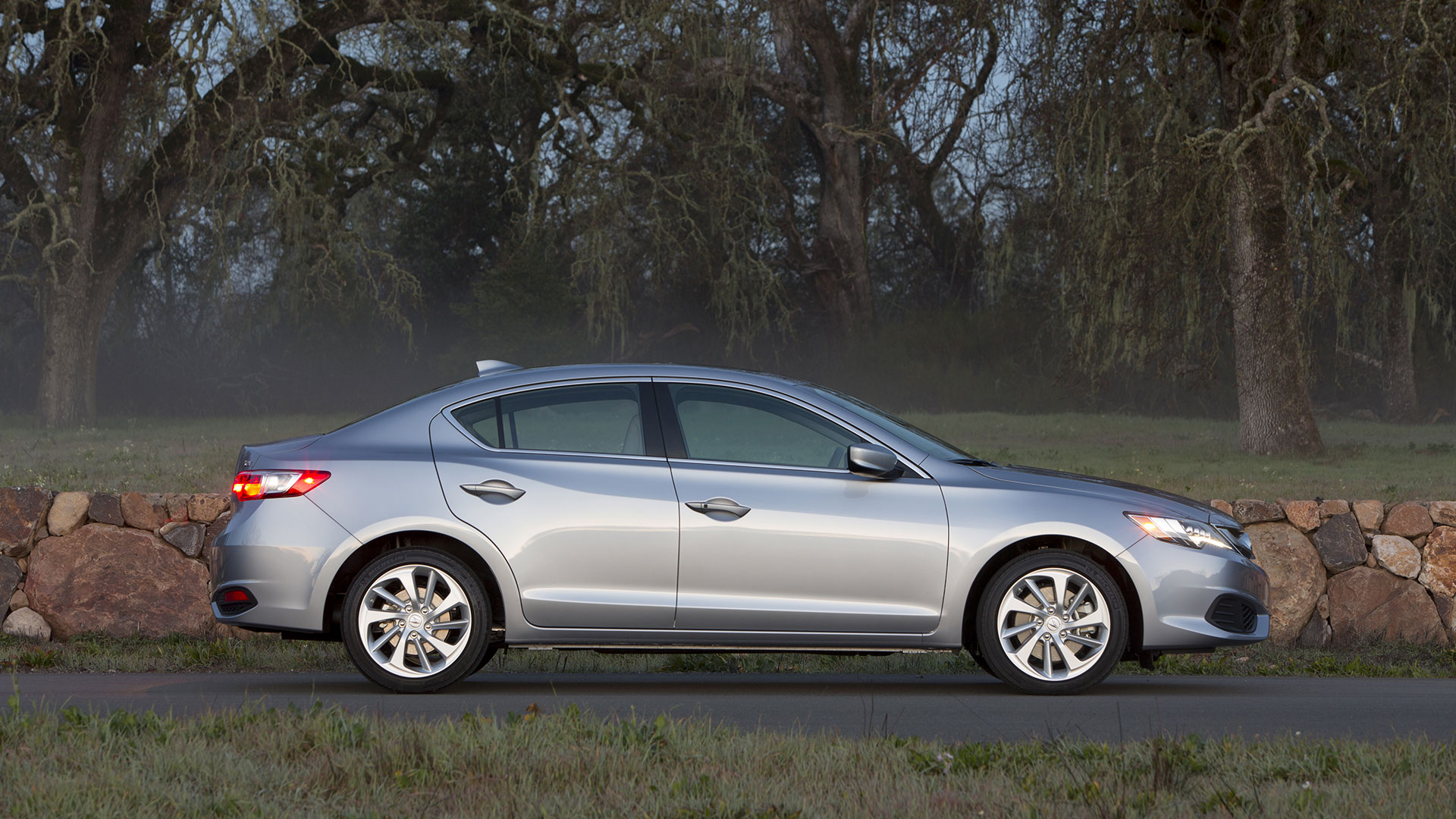

Back at Thanksgiving, you were in a tryptophan coma. Meantime, 26-year-old hacker George Hotz’s self-driving Acura ILX was getting fitted with laser-based radar, mounted cameras in every direction, and a tangle of wires and circuitry where the glove box once resided. Last but not least, a 21.5-inch screen was being mounted on the center console, bettering Tesla’s console display by 4.5 inches. And the most outlandish thing about his autonomous Acura? Hotz claims it only took about a month to build. Google right now is crying in its Soylent shake.
Millions of dollars have been spent on driverless car technology. Credit Moore’s Law, but Hotz claims his artificial-intelligence application is scalable, utilizing many consumer-grade hardware pieces to create a low-cost system that’s made to fit any car.
Speaking to Bloomberg, Hotz claims he designed an A.I. that grabs data from drivers and learns from their choices in order to hone its own driving ability. A total of six cameras, the same kind used for smartphones, are placed around the car. One fish-eye lens faces forward on the roof, a pair mounted to the left and right side to cover blind spots, one in the back, and finally two cameras by the rearview mirror. Hotz says this setup could be marketed at just $1,000 a set for interested automakers and that the kit could even be sold directly to customers who want to customize their own cars.
“We’ve figured out how to phrase the driving problem in ways compatible with deep learning,” Hotz told Bloomberg. Instead of hundreds of thousands of lines of code for if/then rules that might respond to every conceivable scenario, Hotz claims his software is only about 2,000 lines of code dedicated to allowing the system learn and improve in real time.
“There’s code that helps cars follow other vehicles on the highway, and more code to deal with a deer that leaps into the road,” the piece said. “Hotz’s car has no such built-in rules. It learns what drivers typically do in various situations and then tries to mimic and perfect that behavior. If his Acura cruises by a bicyclist, for example, it gives the biker some extra room, because it’s seen Hotz do that in the past. His system has a more general-purpose kind of intelligence than a long series of if/then rules.”
So what does Hotz want to do with his technology? In the short term, Hotz believes he can challenge MobilEye, the Israeli tech company that currently supplies driver-assist technology to the likes of Tesla, BMW. Ford and GM. In fact, Hotz is ready to take on MobilEye right now.
“It’s absurd,” Hotz says of Mobileye. “They’re a company that’s behind the times, and they have not caught up.”
Hotz aims to achieve a world-class autonomous vehicle in five months. After learning that Tesla’s auto-pilot software struggles to traverse the Golden Gate Bridge due to poor lane markings, Hotz says he plans to record a video of his Acura outperforming a Tesla across the bridge. What’s more, Hotz will even travel down to LA and upload a video of his Acura navigating the I-405 to send the Tesla CEO a message.
Consider the message received. In response to the Bloomberg story, Tesla wrote back in a piece titled “Correction to Article.” Tesla immediately stated that the Bloomberg article “did not correctly represent Tesla or MobilEye.” The blog post continued:
We think it is extremely unlikely that a single person or even a small company that lacks extensive engineering validation capability will be able to produce an autonomous driving system that can be deployed to production vehicles. It may work as a limited demo on a known stretch of road — Tesla had such a system two years ago — but then requires enormous resources to debug over millions of miles of widely differing roads.
“Yeah of course there will be skepticism,” Hotz said. “This is part of a great adventure. All I can say is, ‘Watch.’”